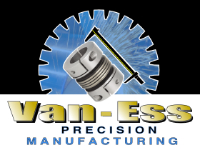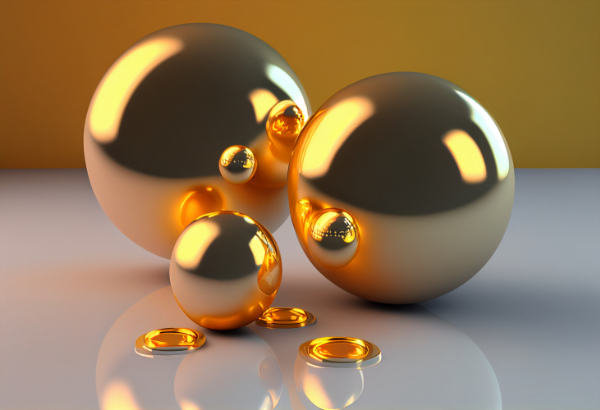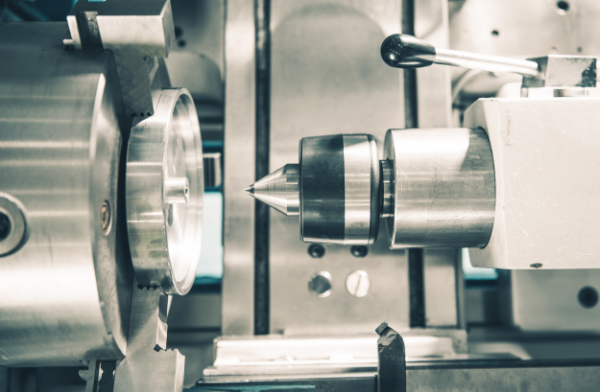Common Surface Treatment
Surface treatment and finishing techniques play a crucial role in enhancing the performance, durability, and aesthetics of metal and plastic parts in aeronautics and medical applications. Here are some common techniques employed:
- Anodizing: Anodizing is a surface treatment used primarily for aluminum parts. It creates a protective oxide layer on the surface, improving corrosion resistance and providing a decorative finish.
- Electroplating: Electroplating involves depositing a layer of metal onto a part’s surface through an electrochemical process. It enhances corrosion resistance, improves wear resistance, and provides decorative finishes. Common plating materials include nickel, chrome, and gold.
- Passivation: Passivation is used for stainless steel parts to improve corrosion resistance. It involves removing impurities from the surface and forming a protective oxide layer.
- Painting and Powder Coating: Painting and powder coating are common techniques for both metal and plastic parts. These processes provide protective coatings, improve aesthetics, and offer resistance to corrosion, UV radiation, and chemicals.
- Polishing and Buffing: Polishing and buffing techniques are used to achieve smooth and reflective surfaces on metal parts. They remove imperfections, scratches, and burrs, enhancing the appearance and facilitating easy cleaning.
- Surface Texturing: Surface texturing techniques, such as etching or laser engraving, can be employed to create specific patterns, textures, or markings on metal and plastic parts. These techniques serve functional or aesthetic purposes, such as improving grip, facilitating identification, or creating unique designs.
- Surface Coating: Specialized coatings, such as PTFE (polytetrafluoroethylene) or DLC (diamond-like carbon) coatings, are used for specific applications. These coatings provide low friction, chemical resistance, or biocompatibility properties, depending on the requirements.
The choice of surface treatment and finishing techniques depends on the material, application, performance requirements, and regulatory considerations. Manufacturers in the aeronautics and medical industries employ these techniques to enhance the functionality, durability, and visual appeal of their parts while ensuring compliance with industry standards.




